Before you fill your curiosity about when to plant winter wheat, knowing more about it is also much important for your background knowledge.
In detail, winter wheat is a member of Paceae family which typically grows in the Great Plains region. It is also popular as an amazing green manure cover crop.
Winter wheat is native to southwest Asia. It is usually planted annually as cereal grain that offers a big benefit.
Winter wheat is considered great to help improve the soil conditions minimize erosion and repair exposed areas.
In this article, we are going discuss everything we know so far about winter wheat and when to plant it.
Pictures of Winter Wheat
Below are the pictures of winter wheat. Check them all out to ensure which varieties you may want to grow either at home or at your field.
Requirements for Planting Winter Heat
There are some requirements contributing to how you grow winter wheat successfully.
These requirements are the most critical factors. Those are seeding early, seeding heavily, seeding shallowly, seeding slowly and seeding treatment.
Seeding Early
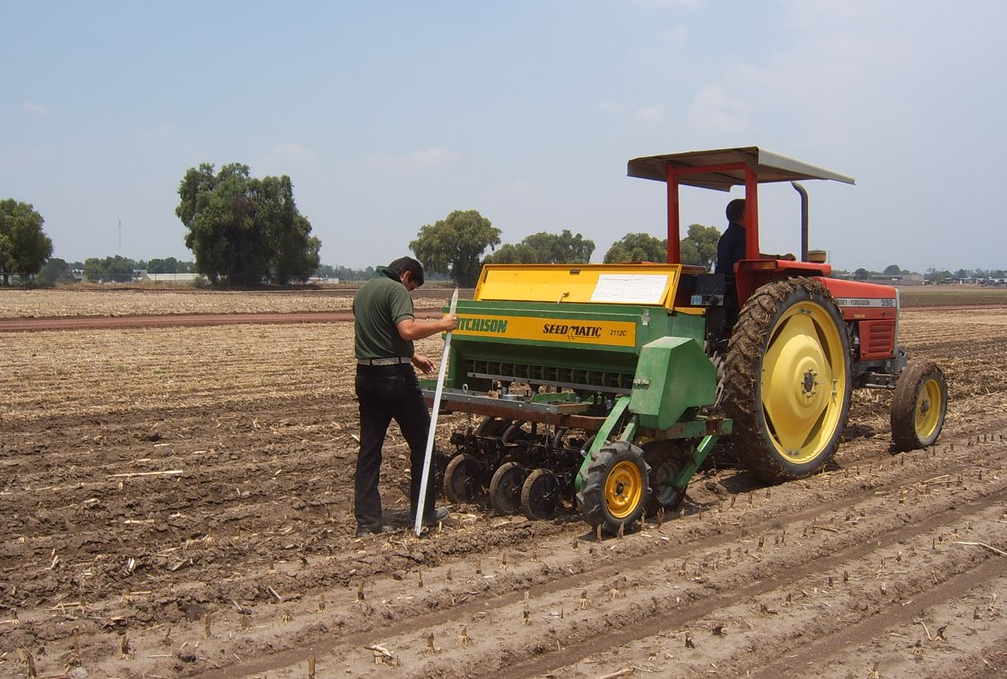
Seeding early is crucial since it is aimed to let you grow a vigorous plant by making use of improved chances of winter survival.
Plants that can stand out in the winter with their three leaves will have a well-developed crown. This crown will actually be the base for the plants to regrow in the spring.
In this regards, seeding will promote the quick growth in the winter that can increase the risky winter injury. Simply to understand, a larger winter wheat will be at risk of snow mould.
Thus, seeding early is considered better than seeding too late.
The optimal seeding is usually between September the first and the fifteenth. However, if the plant will be used for autumn, the seeding must be done by the middle of August.
Usually, the gardeners will be seeding without waiting for the moisture. That is due to the fact that winter wheat need less moisture to germinate.
Though seeding in the dry season will almost successful just by doing it into the dry soil and waiting for rain for germination. This has become one of the successful strategy of seeding.
Since there are too many factors contributing to determine when to plant winter wheat, consult with your agronomist seems the right decision.
Seeding Heavily
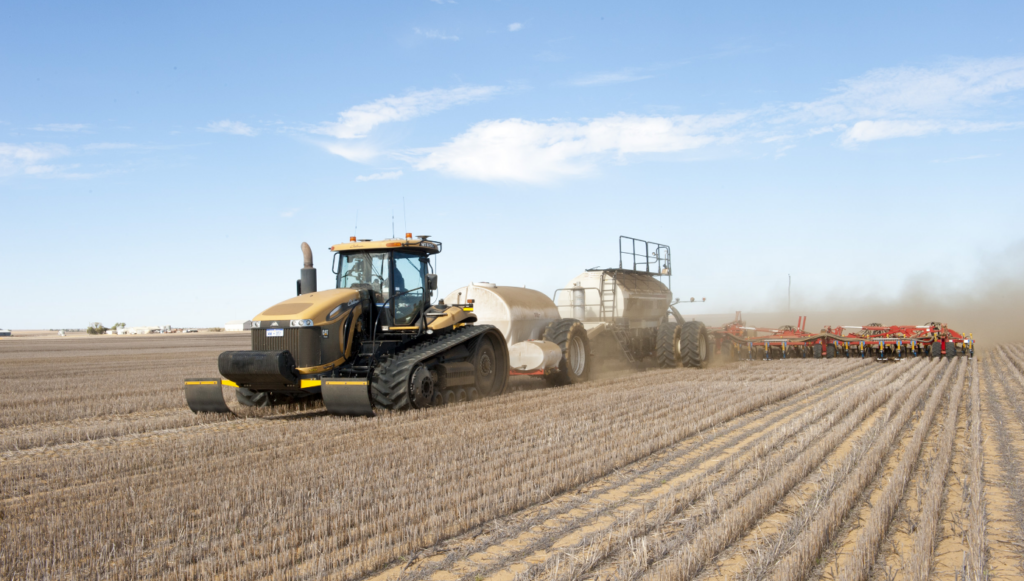
The next requirements for planting winter wheat is to seed heavily.
The seed size actually varies between the same varieties of the same plants from field to field and from year to year.
This much depends on some factors including the growing and soil conditions as well as the integrated pest management.
The seeding rate can be calculated using the target plants per square foot dealing with 1000kernel weight and the rate of seeding survival.
Simply to understand, the higher the seeding survival rate, the higher moisture the areas will be. That is critical to winter survival, yield potential and crop competitiveness.
Seed Superficially
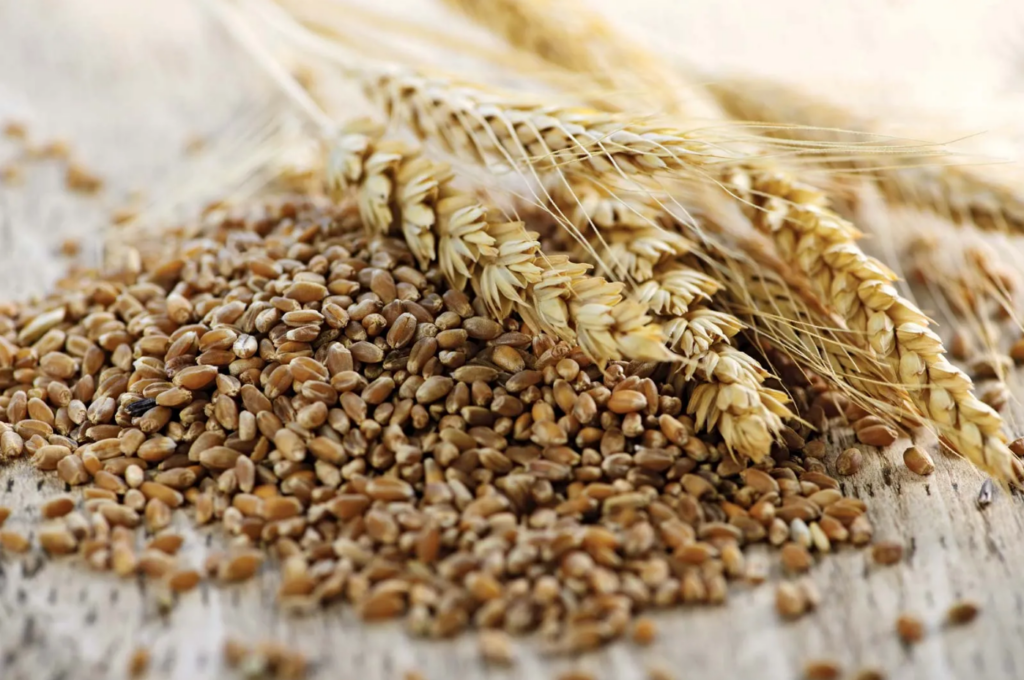
Soil moisture has been depleted particularly in the stubble fields, leading to create a very dry seedbed for the winter wheat.
This conditions makes the seeding shallow making use of the moisture provided by the rainfalls.
Based on the study, the 1/3 inch of rain will be sufficient to develop the plants successfully by seeding shallow.
Seed Slowly
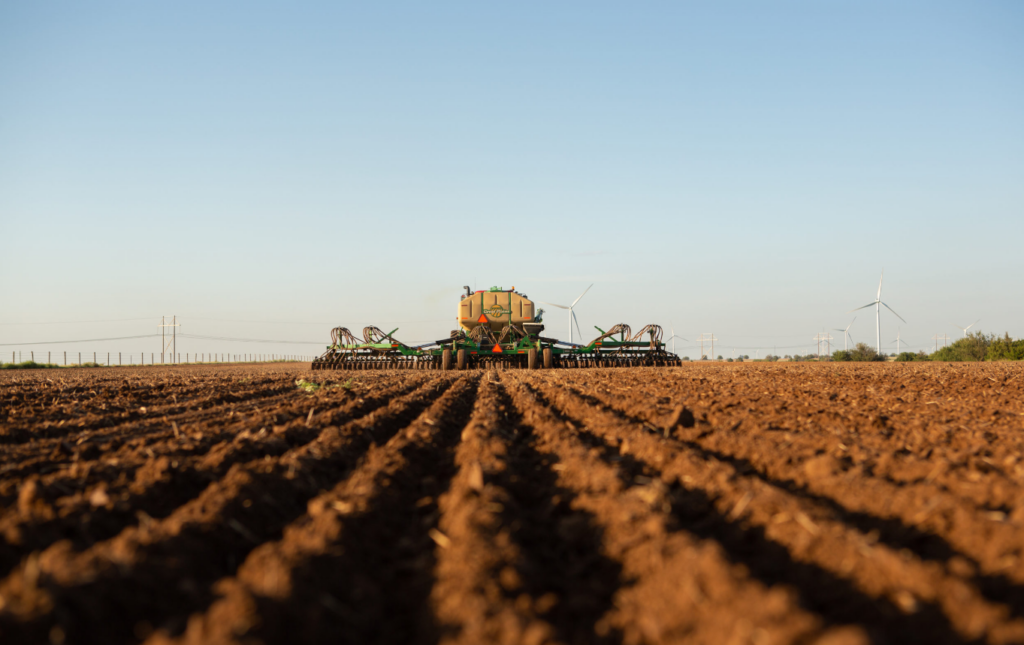
Seeding the winter wheat will be more successful if you do it at speeds nearly to 4 mph than 6 mph, just like you are seeding canola.
Use a Seed Treatment
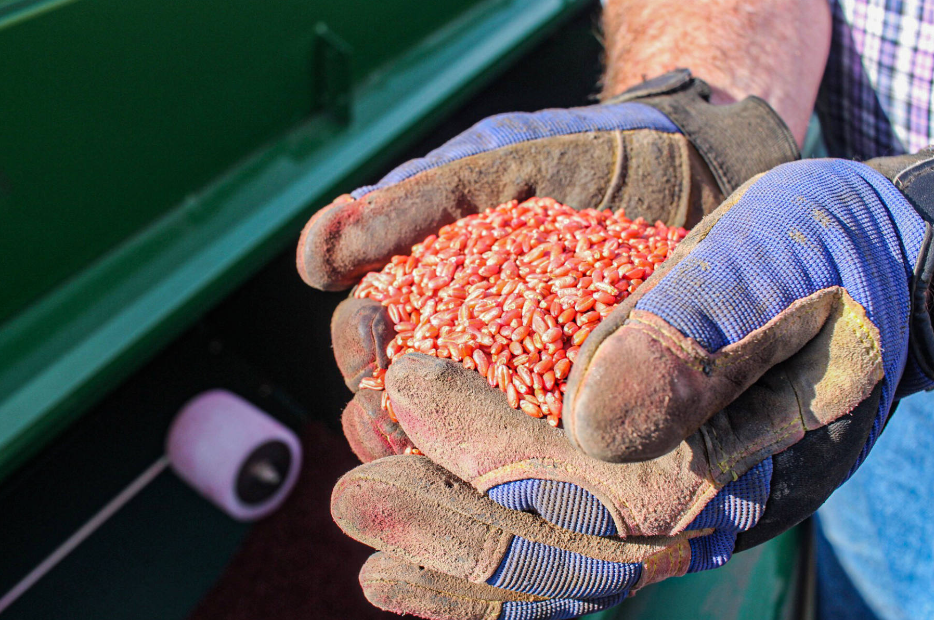
Using a seed treatment with fungicide or insecticide will help minimize the disease effects.
Based on the research studied by Agriculture and Agri-Food Canada, the use of fungicide or insecticide seed treatment will allow for seed survival and spring plant strength in winter wheat.
Also read: When to Harvest Corn?
What To Consider To Plant Winter Wheat
As we have mentioned, September is the time when to plant winter wheat.
There are a few key factors that contribute to successfully plant the winter wheat including the climate, moisture content, timing, depth and seeding rate.
Here are the detailed description you can read on:
Climate
September is a month that offers everyone a great chance to do a variety of activities due to the nice weather and climate.
Surely, the month comes with the hot and dry days, musty and humid days, cold days and even all of the above.
If you plan to grow something in September, you are just like hitting the moving target. However, it can also be challenging to grow the winter wheat in this month.
To plant the crops, consider that the ideal soil temperature for the seed germination is between 54 and 77 degrees F. The seed will not germinate under the 90 degrees-F soil-temperature.
Fortunately, the recent seed innovations have help decrease the risk of winter damage to the winter wheat.
However, figuring out the climate at which you will get the right moisture is a key to a proper germination and successful winter wheat plantation.
Moisture Content
Based on Michigan State University Extension, the soil must come with the moisture content which is about 35 to 45 percent to provide the seed with the sufficient moisture for germination. This makes some growers deciding to wait for the rain and plant the plants afterwards.
However, it can be an issue if you are just waiting for the rain to get some moisture. Meanwhile, applying a moisture dance is too risky.
As a solution, most growers plant the seed deeper to reach the soil moisture. Though it is also risky enough, it is still tolerable since the idea won’t break the seed through the soil surface.
Timing
Like other things to consider when growing the winter wheat, timing is another key to keep in mind. Passing the plantation period, there is a “fly-free date” when the fly is unable to lay eggs in the winter wheat plants.
Though it takes longer to wait, the result shows better. That is because the fly will not barely spread the yellow virus to the plants.
There are four ideal zone of ideal winter wheat plantation performed in Kansas. These four ideal zones are highly recommended. They are:
- Zone 1 is in September 10-30
- Zone 2 is in September 15 to October 20
- Zone 3 is in September 25 to October 20
- Zone 4 is in October 5-25
Depth
Depth is also another thing to consider when planting a winter wheat.
Is this case, an ideal placement is typically one-inch deep. This will allow the seeds to get enough moisture.
If you place the seed shallower than 0.5 inch, the seeds might open too wide to the elements. On the other hand, if you place the seeds about 2 inches deep, the seeds might just finish growing before they can even bust to through the surface of the soil.
Seeding Rates
The last but not least thing to consider when planting a winter wheat is the seeding rates. This way, the seeding rate must be increased to provide irrigation.
According to the winter wheat plantation in western Kansas, increase the seeding rate by 10 to 15 pounds per acre and 15-20 pounds per acre in the eastern Kansas. If you are seeding too late, increase the rate 30 to 60 percent.
Remember, the more the seeds are planted, the more primary tillers will compensate.
When the planting season is just started, determining what date to plant the seed is much more difficult than just putting the seeds into the soil.
Make sure the climate is right, the moisture is available and the depth is proper. Keep these factors on your mind when you plant this season.
When To Plant Winter Wheat
Wondering when to plant winter wheat? This way, the mid-September up to the early of December is considered the best time for the winter wheat plantation.
This plant can grow from seeds. And it is just easy to find the seeds. Some garden centers, farm supplier and online are always providing them in their store.
If you want to grow winter wheat in its season, spread the seeds over the seedbed you have prepared previously. In this process, the bed must be moist to ensure the germination process is begun and take out the competitive weeds.
There are some general varieties of winter wheat you can consider growing including Soft Red, Hard Red, Soft White, Durum and Hard White.
This way, growing winter wheat can be started by planting it as cover crops, raking the garden smooth and taking out the debris and rocks.
Spread the seed of winter wheat in dry soil. Set the seeds in rows of 6 to 14 inch width along with 2 inch deep.
Or you may also spread the seeds and rake it lightly. Make sure you follow this step until spring especially when the seeds are ready to till into the garden soil.
Winter Wheat Treatment
Knowing the time when to plant winter wheat would not be complete if you haven’t known the treatment you should provide for your winter wheat.
In the other words, after you know lots about the right time to plant the winter wheat, you must learn to give it treatment so that you will have a successful winter wheat plantation.
As it has been mentioned, giving fungicide or insecticide is recommended to treat the winter wheat plants. This is due to the fact that fungicide seed treatments construct a foundation to support the plants to grow healthy.
In this case, healthy roots is the main goal to achieve.
Roots are the base of the plants that must be strong. Other elements are just less effective than the roots.
The use of fungicide seed treatments are increasing from times to times recently. It does so for a good reason.
Fungicide seed treatment is noticeably able to control the some of the diseased such as common bunt, seed and seedling rots, loose smut, common root rot, crown disease and fusarium root as well as rhizoctoia.
These diseases carry some effects ranging from the indirect to significant yield production and low test weights to the whole loads rejection at the elevator.
Fungicide seed treatment also helps germinate the seeds and support the seedling if the growers decide to plant the winter wheat along with some level of scab or other pathogens.
However, not all of fungicide seed treatment are applicable and effective dealing with all of the possible diseases we have told you in the previous sections. This way, the treatment products are usually formulated for commercial use only.
Some of seed treatments come even with more than one active ingredients at which some of them add insecticide for seed and the seedling. This is aimed to attack some insect like the wireworms.
Therefore, it is crucial to notice that fungicide seed treatments provide only the overpowering for the hard disease like root rots and the cultural practices including planting certified, crop rotation, disease-free seeds, planting at the suggested timing and etc.
Winter Wheat Fertilization
Instead of using fungicide or insecticide for the winter wheat treatments, is there any fertilization that can be applied naturally? The answer is yes!
In this regards, nitrogen is considered the best fertilizers to give to the winter wheat. This way, almost all types of wheat need nitrogen fertilizer.
Other benefits of giving nitrogen as fertilizer to the winter wheat is to release the substantial nutrients in the soil where you plant the wheat before you start the plantation.
The widely-used nitrogen fertilizer technique is giving it just before plantation and in the early spring. Some nitrogen can also be applied near the seed in combination with the P as the starter fertilizers. However, the rates must be less than 20 pounds.
Final Words
Now you have known that the best time when to plant winter wheat is the middle of September, and now is the first week of month, make sure you carefully read on everything dealing with the winter wheat plantation, especially if you really want to plant the plants.